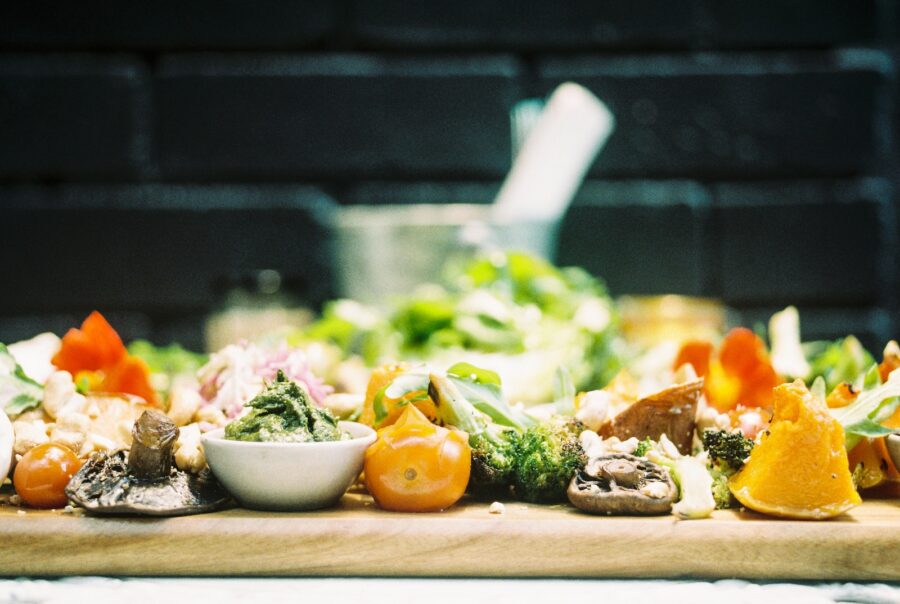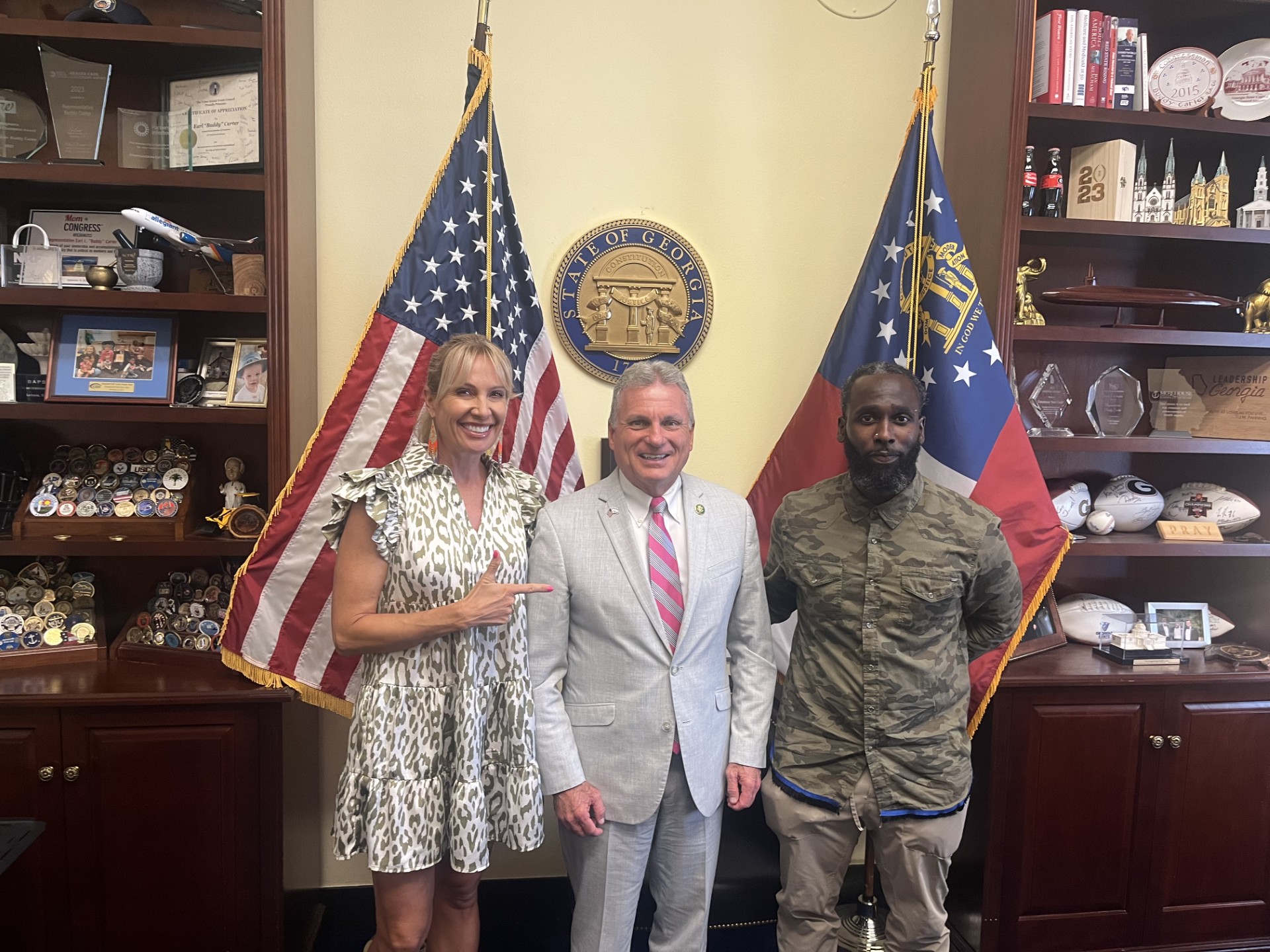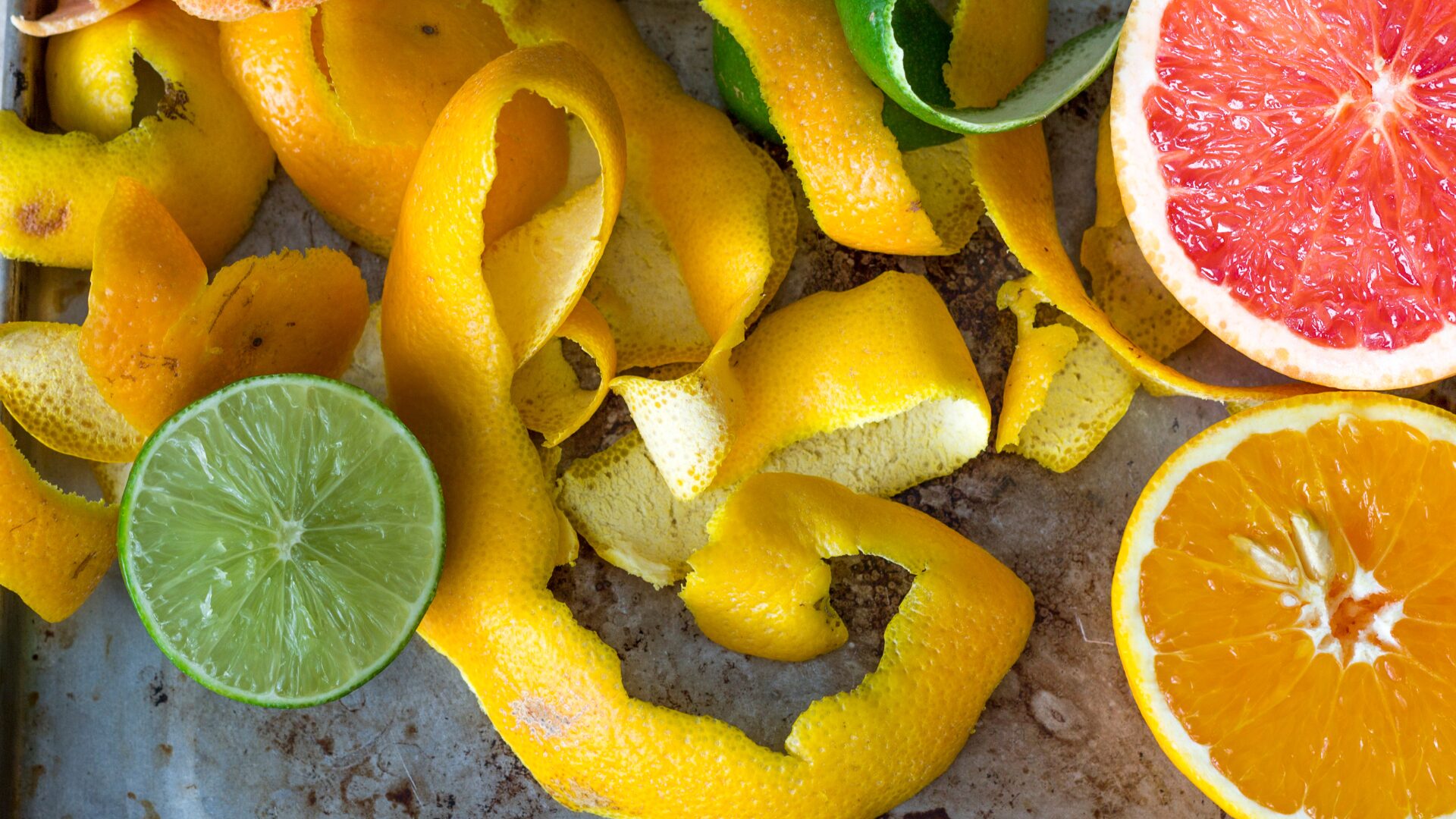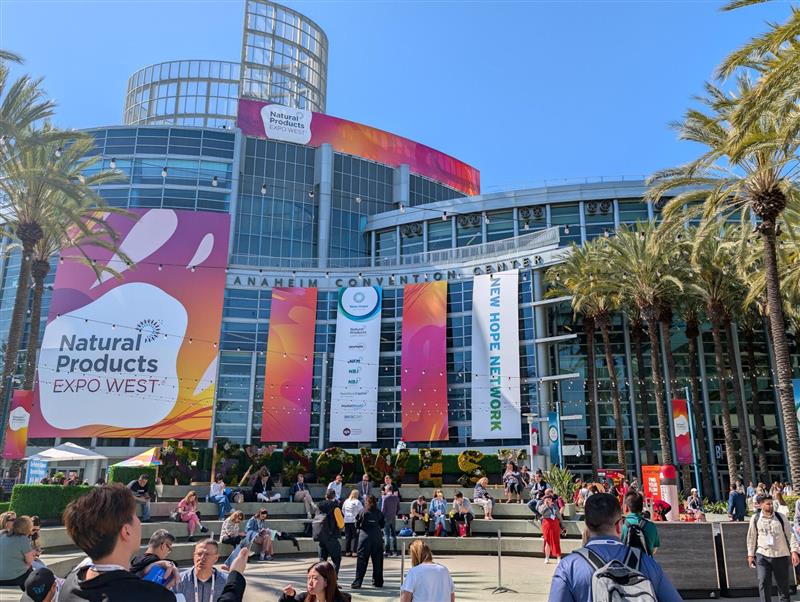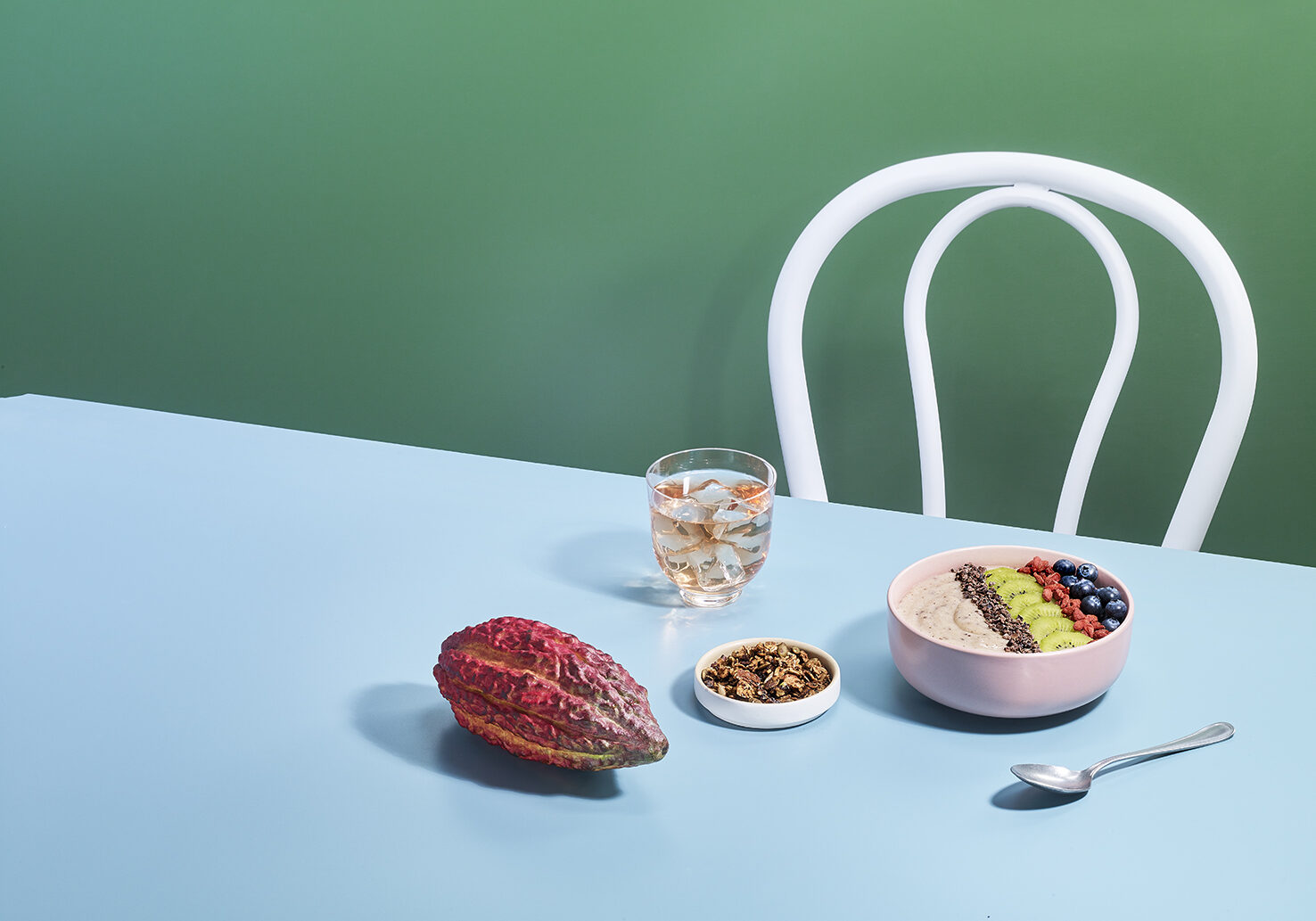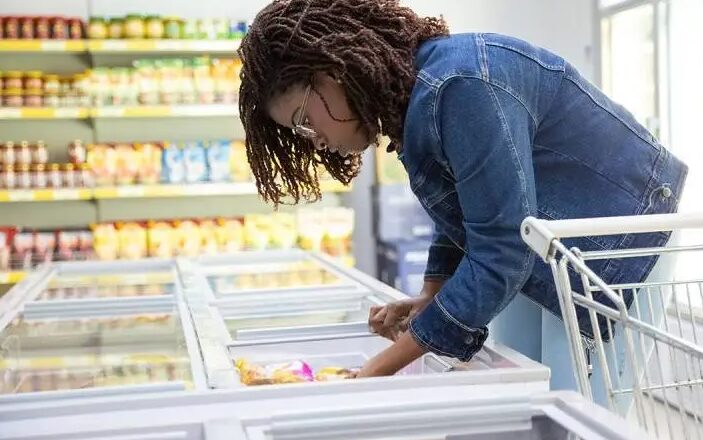The process of upcycling food – finding new, higher-value uses for items that would otherwise go to waste – appears to boast untapped potential for businesses these days.
“We’ve seen a huge growth in consumer awareness [of upcycling] and we’re seeing a lot of traction in the natural grocery channel in particular,” said Angie Crone, CEO of the Upcycled Food Association. “We’re seeing 21% year-over-year growth for products with the upcycled certification – I think we’ll continue to see the retailer adoption really drive and create more markets for this.”
That was a common sentiment during an April 27 upcycling-related webinar hosted by The Food Institute. The event’s panel – which included investment experts Paul Mariani and Eric Markin of Mesirow Investment Banking, in addition to Crone – noted that the upcycled food industry is projected to surpass $80 billion within a decade. In addition to helping address the world’s sizable food waste issue, the Upcycled Food Association (UFA) sees ample opportunity for the trend to create economic value for companies.
Crone said the UFA, which offers third-party certification for upcycled foods, has observed a significant increase in private investment in the upcycled category in recent years, with much of that investment going into early-stage companies, mostly CPG brands, and ingredient producers.
Mariani, Mesirow Investment Banking managing director, said he’s “very bullish” on the upcycled food sector. “What excites us most about upcycling, frankly, is how it transcends the entire value chain,” he said. It’s “a high-growth trend that has gained tons of momentum.”
POPULAR UPCYCLED PRODUCTS
Companies are increasingly producing upcycled products from cocoa (70% of a cocoa pod typically goes to waste), bananas, brewers’ spent grain, and nutrient-packed avocado seeds. Additionally, shelf-stable jams and jellies are two historically popular upcycled product categories.
Brands like Misfits Market and Imperfect Foods that offer upcycled items appeal to today’s often environmentally conscious consumer. According to a 2021 Hartman Group study, 70% of consumers are more likely to buy products once they’re aware that the items are upcycle certified.
Additionally, Mariani noted, selling upcycled food offers an economically viable way for companies to “rather neatly” achieve their ESG initiatives.
“I think the reality is corporate ESG initiatives will continue to gain prominence … which, in our view, extends the runway for recycling,” said Mariani.
HISTORY REPEATING?
In America – where roughly 10% of the population is food insecure – roughly $150 billion worth of meals is wasted annually. Staggering statistics like that have helped the upcycling movement gain both support and momentum.
It can be a home run investment for food companies, even though, as Markin noted, “we’re still in the early innings of upcycling in a formal sense.”
“Upcycling, it resembles what we saw a decade ago with the natural organic and clean-label products (which) eventually became huge mainstream markets,” said Markin, Mesirow Investment Banking director. “When we look at upcycling we think it could evolve similarly.”


